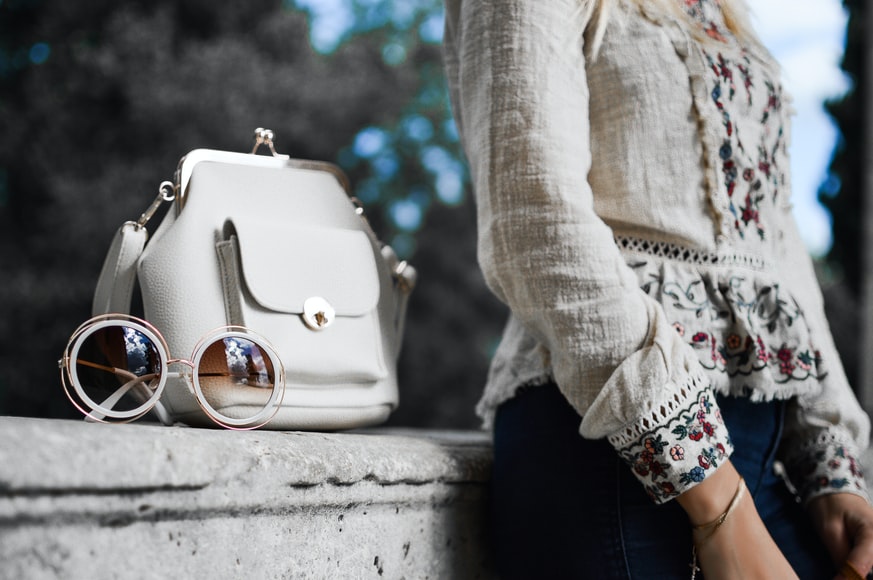Recently, I have been inspired by fashion. But not just by the concept of wardrobe replacement, but rather by fashion as an industry.
Simple and practical
Looking through the old and yellowed pages of my mum’s notebooks holding a collection of photos gathered from popular fashion magazines of the 70s, I literally moved back in time. Looking at the photos of simple and yet elegant outfits, it is impossible not to notice the difference in the cuts and fabrics used in the 70s compared to those used today. It’s a real chasm!
The fashion of the 70s was simple and at the same time effective, colorful, varied, but above all practical. It was enough to have one fashionable top, skirt or trousers, and your wardrobe gained a totally new look. The fabrics were natural, delicate and pleasant to the skin.
Today it’s a real challenge to follow the trends. Constantly changing styles, cuts, fabrics or colours can cause a headache or even real migraine! Change is happening constantly in line with ever-changing customer’s needs. Consumer behavior is influenced by the environment as well as culture, politics, economy, ecology or technology. So what does technology have to do with fashion?
Technology
I’m sure you have been to a clothing store and seen the same sweater in different sizes, colours and styles, or ordered a T-shirt with a custom pattern? Thank technology for that.
There are many types of fashion design software available these days, which enable digital clothing design. In addition, today’s consumer can get what he wants when he wants more easily than ever before. Also, fashion is vigorously expanding beyond “real life.” With the growing popularity of social media or virtual events, virtual fashion shows are emerging.
I think as we enter 2022, we should expect technology to be an even stronger driving force in the fashion industry. Yet although technology interests and fascinates me, I ask myself whether this change will work out in our favour, thinking about the environment? Or maybe we should change our approach and break the system of fast fashion and overconsumption?
Environment
Do you know how much water is in your jeans or how much carbon dioxide your autumn coat has produced? Yes, the clothing industry has a huge impact on the environment – it is the second largest polluter after the oil industry.
Monika Surowiec, a circular fashion designer, CEO and founder of Saint Warsaw in Poland, said: “We are approaching the limit of what we can consume. We need not only to change the narrative and its communication but also to take action to reduce consumption. This applies to both brands and customers.
A brand is not only a “producer” but also represents the character of the creator, their thinking processes and values, and it is also a community in which every voice for change is important and needed.”
So maybe it is the consumer who should think about their wardrobe more carefully? If the big producers don’t want to reduce overproduction, maybe consumers can reduce overconsumption to address this problem?
I think today’s consumer is in a unique position to drive this change! Technology and innovation may prove to be an integral part of a new trend.
It’s time to explore your technology choices! Talk to us – we are here to help you stay up to date.
Kamila Zołotar BA (Hons) MSc MCIM


